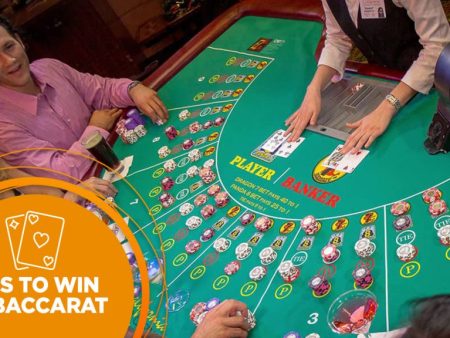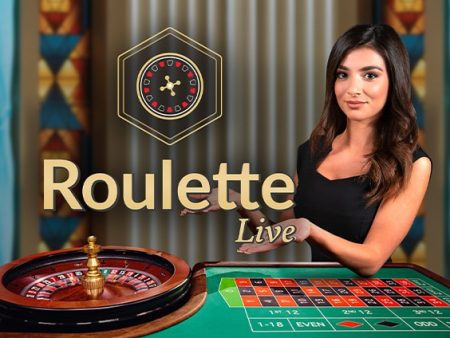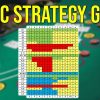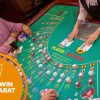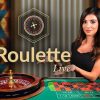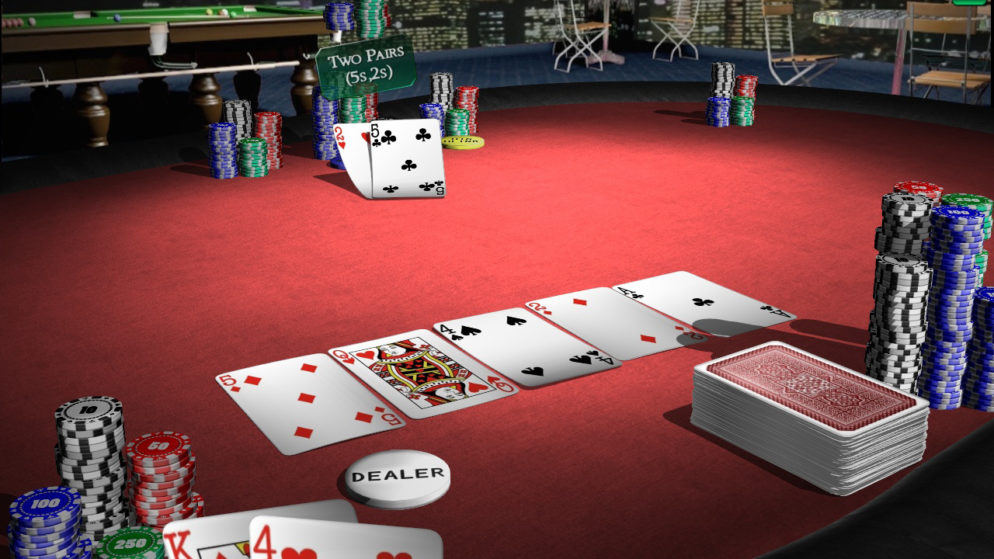

The outcomes and the events that are almost same have same probability of occurring at any particular point in the game. In a game is played in a fair manner then the probability is same for all the people playing. All the people are independent of each other and also independent of the previous result. Probability-based things are mentioned when we use it for talking of a long series of events and not for the individual based ones.
According to the law of large numbers, the ratios that we predict with the help of probability statements are accurate as we move for the larger no of events. Whereas the no of outcomes that are particular and are absolute of a specific type is different from the expectation of frequency that is increasing with the increase in no of repetitions. They are the ratios that are predicted and are accurate. They are not the events or precise totals that can vary depending on different measures.
Formulas for calculating Probability
The formula by which probability of favorable outcomes for all the possibilities can be calculated as probability equals to the total number of favorable outcomes divided by the total number of possibilities. This formula is only applicable to situations where they are governed alone.
This can be explained using an example, when we toss a dice, the total number of outcomes that are possible is 36 and the number of ways by which we can sum up to seven is only 6 therefore, probability of finding seven using both the dices is (6/36) which results at last as (1/6).
Conclusion
In many of the gambling games, it is compulsory to show the method of probability in the form of Odds to win the game. Odds are just the ratio of unfavorable possibilities to favorable possibilities. This can be explained in this manner, the probability of getting seven using the two dices is (1/6) then through an average one throw of six would be considered as a favorable condition but if five comes then it would not be considered favorable and this is because the odds thrown to form seven will not result to form seven. Another example can be tossing a coin, the probability of getting ahead is (1/2) and the odds that can be used to form it are 1 to 1 which are called as even odds.


